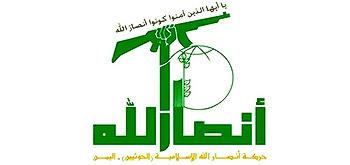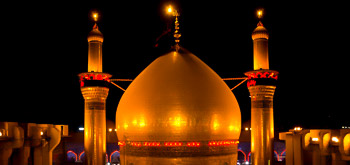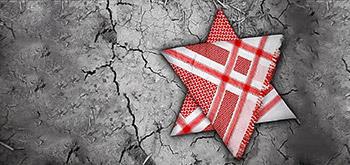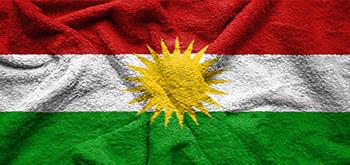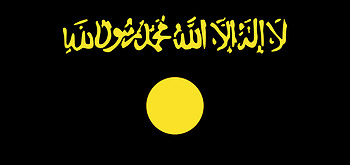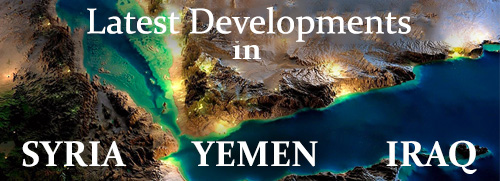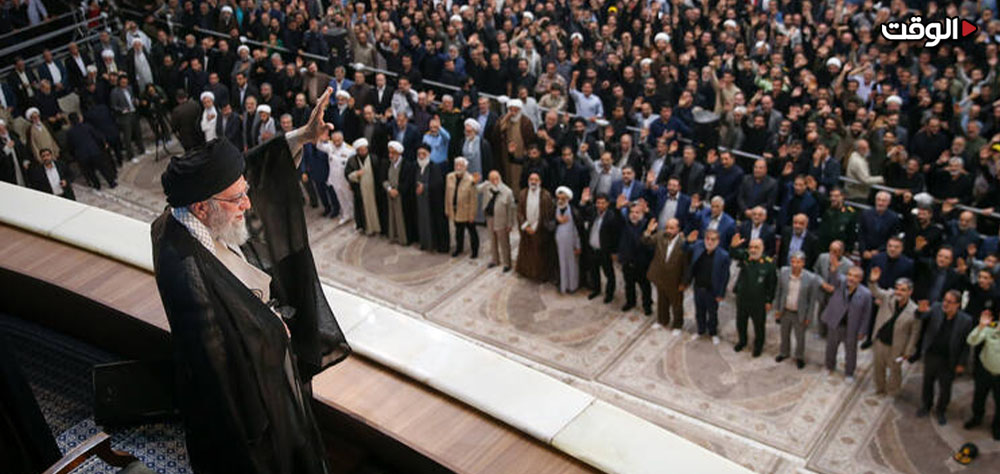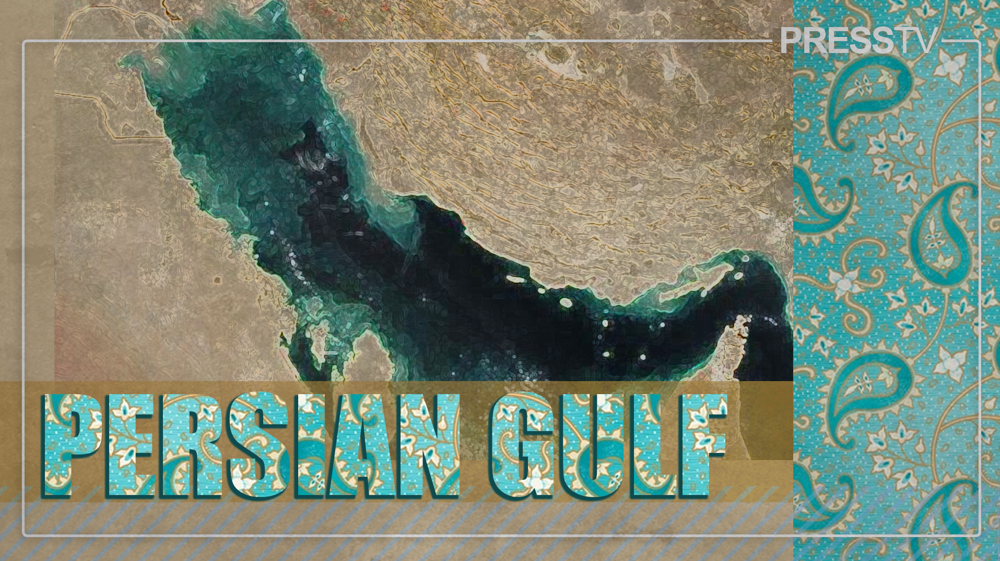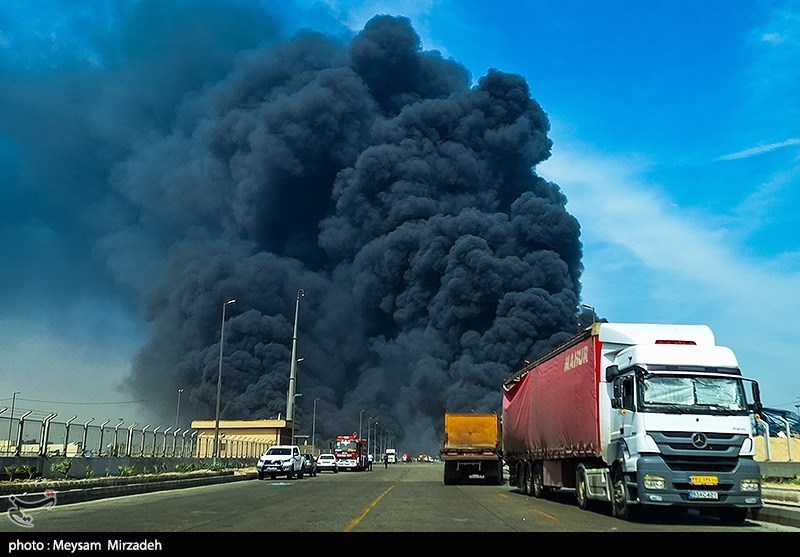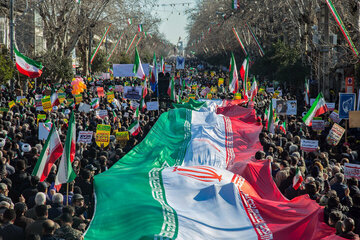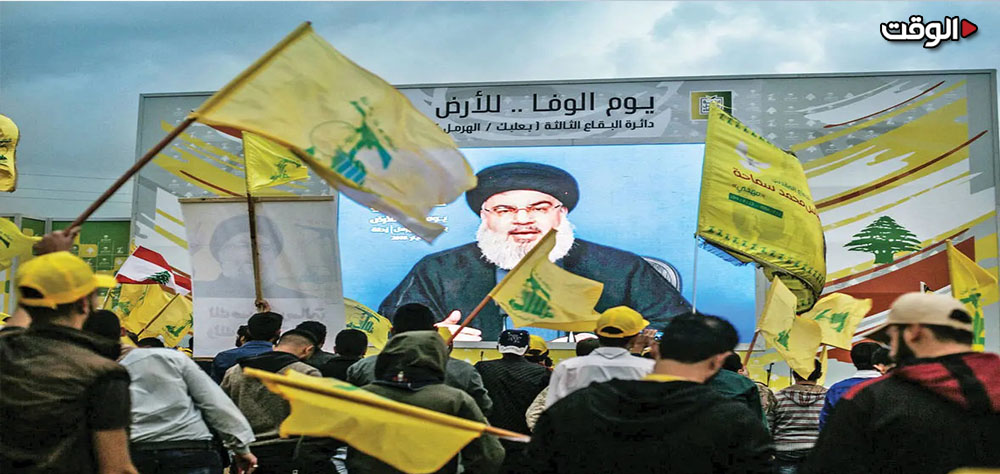Alwaght- In recent months, attacks on Al-Aqsa Mosque and desecration of this holy Muslim site by the radical Israeli settlers and the security forces have substantially increased.
Directly backed by hardline figures like National Security Minister Itamar Ben-Gvir, these actions have culminated in the annual Flag March. But these violations are not just a provocative behavior, but a piece of multi-layer and targeted project with political, ideological, and geopolitical aspects.
1. Al-Aqsa Mosque: Netanyahu's survival instrument and the center of religious ideology of Zionism
In the ideology of religious Zionism, the Al-Aqsa Mosque compound represents far more than a holy site; it is the designated ground for fulfilling biblical and end-times prophecies. This location, known to Jews as the Temple Mount, carries immense historical and mythic weight as the home of the First and Second Temples. A core tenet of this movement is the belief that the Third Temple must be constructed precisely on this spot.
Groups like the "Temple Mount Movement" actively promote the goal of building a new Jewish Temple on the ruins of the holy Al-Aqsa Mosque. Once a marginal aspiration, this vision has been pulled into the political mainstream with the rise of figures like Itamar Ben-Gvir, who now holds a powerful cabinet post.
Ben-Gvir, a man previously convicted for racist incitement, now wields direct authority over the site as Israel's National Security Minister. From this position, he effectively green-lights raids on the mosque compound. He has repeatedly and publicly called for imposing full Jewish control over the site and severely restricting Muslim access. With the backing of extremist religious parties, this objective is now an official policy of the current Israeli government.
Meanwhile, to maintain his fragile coalition, Netanyahu, especially after his military defeat in Gaza and accepting the ceasefire with Hamas resistance movement, has to make concessions to the hardliners.
Internally, Netanyahu's coalition government has been deliberately constructed over the years by leaning on religious and far-right parties. This has created a perennial vulnerability: the coalition's inherent fragility and the constant threat that smaller parties will withdraw, collapsing the government. In this precarious environment, giving a free rein to figures like Itamar Ben-Gvir and his allies is a tactical maneuver. Ben-Gvir's faction has repeatedly threatened to bolt from the coalition if the government fails to support their radical agenda—from aggressive settlement expansion and altering Al-Quds's (Jerusalem) status to annexing the West Bank.
Consequently, by allowing these figures to storm the Al-Aqsa Mosque, Netanyahu aims to secure his political base and prevent his cabinet from collapsing.
Furthermore, these actions provide Netanyahu with a political "security cover." When he is unable to claim upper hand on all fronts, such as the Gaza war and prisoner exchanges, he can at least demonstrate that he is driving the momentum on Judaizing Al-Quds and so-called Jewish holy sites. If domestic critics label him a compromiser, he can point to his success in managing internal pressure.
In other words, permitting Ben-Gvir to carry out extremist raids and movements at Al-Aqsa acts as a "power-locking mechanism" in the internal political game of the regime. It is a way to guarantee political support and mitigate the threat of a coalition breakup.
The Flag March, the storming of Al-Aqsa by thousands of settlers with military support, and attempts to divide the holy site temporally and spatially are all top examples of these political concessions. These measures are not merely provocative; they are part of a concerted project to cement Jewish sovereignty over Eastern Al-Quds.
2. Practical destruction of two-state solution
The two-state solution that is backed by the Arab and Western countries rests on a plan to divide Al-Quds and formation of an independent Palestinian state. But the recent Israeli actions, especially those focusing on Al-Aqsa Mosque, bear witness to a push to practically destroy this solution since Judizing and turning Al-Aqsa Mosque into a Jewish sovereignty symbol will eliminate the possibility of dividing the city.
This dynamic has intensified as international support for an independent Palestinian state with East Jerusalem as its capital has grown following the Al-Aqsa Storm events and the Gaza war. This shift is notably marked by European nations such as France, Britain, Spain, Ireland, and Norway formally recognizing Palestine.
In essence, Al-Aqsa Mosque, as the beating heart of Eastern Al-Quds, is central to Palestinian identity. Any alteration to the status of this holy site is seen as an erasure of a key symbol of Palestinian resistance and legitimacy in the city. Through these actions, the Israeli settlers and their supporters are sending a clear message: no plan to divide Al-Quds will be accepted, and the regime's absolute sovereignty over the holy city is non-negotiable.
Furthermore, by increasing the number of settlers around Al-Aqsa and systematically altering the demographic fabric of the area, the Israeli regime is introducing new facts on the ground. These measures render any Palestinian return to the 1967 borders practically impossible, effectively reducing the two-state solution to an empty slogan.
3. End of international red lines: Al-Aqsa Mosque the launching pad for West Bank annexation
Adoption of the plan to annex the West Bank in the Israeli parliament marks a turning point in the aggressive policies of this regime. This move signifies end of international red lines and full defiance of ghd UN Security Council resolutions. Meanwhile, focus on Al-Aqsa Mosque plays a symbolic and strategic role.
Following the 1967 war, while Israeli authorities assumed physical control over Eastern Al-Quds, including Al-Aqsa Mosque compound, the legal framework preserving the status quo was maintained. This arrangement stipulated that Muslims hold the right to worship there, Jews are permitted to visit but not to pray, and the administration of the religious site remains under the jurisdiction of the Islamic Waqf.
This fragile and semi-stable situation has been under constant pressure and challenge. Particularly in recent years, radical Israeli factions, including religious-nationalist movements, have aggressively campaigned to pave the way for Jewish prayer within the compound, perform Jewish rituals, and ultimately overturn the essential character of the status quo.
With the establishment of the Jewish presence in this holy site, the Israeli regime wants to create a historical and religious legitimacy for full annexation of the West Bank. This project has been accompanied by massive settlements constructions, destruction of Palestinian properties, seizure of the lands and expulsion of native Palestinians. Al-Aqsa Mosque, meanwhile, plays a key role as a symbol of full domination over the occupied Palestinian territories.
From international laws perspective, these measures are a violation of the Fourth Geneva Convention and the UNSC resolutions. But Tel Aviv, relying on the US support and European silence, has practically shown that it knows no red line.
In fact, Al-Aqsa Mosque has become a launching pad for implementation of the "Greater Israel" project whose final goal is to eliminate the Palestinian identity from the region's political and cultural map. This project not only poses a threat to the Palestinians but also to the regional stability and global security.
4. Turning occupation into a civilizational battoe: marriage of Zionism and Evangelism
A key, often overlooked dimension of the focus on Al-Aqsa is the attempt to transform the Palestinian conflict into a civilizational war between Islam and the West.
For Muslims, Al-Aqsa represents the third holiest site, a powerful symbol of resistance, Islamic-Palestinian identity, and a deep historical connection to the land. Israeli actors, backed extensively by Evangelical Christians in the US, frame their project to dominate the mosque as the fulfillment of biblical prophecy.
Evangelicals, who believe the rebuilding of the Temple is a prerequisite for the Second Coming of Christ, lend their support to the Israeli occupation not merely for political reasons, but as a religious and apocalyptic imperative. Consequently, any opposition to the Judaization of Al-Aqsa is cast as a defiance of "divine will."
This dangerous discourse fuels religious tensions and inflames Muslim sentiment worldwide. The Israeli regime leverages this support to portray its occupation as a legitimate part of a civilizational struggle, thereby seeking to deflect international pressure.
Meanwhile, Western media, by largely amplifying the Zionist narrative, often frame Palestinian resistance as "Islamic terrorism." This approach is not only unjust but also fuels Islamophobia and religious division within Western societies.
Meanwhile, Al-Aqsa has become a symbol of this manufactured civilizational clash, a confrontation that Zionist elements are actively steering to their advantage by leveraging religious, political, and media tools.
Conclusion
The Israelis' focus on the Al-Aqsa Mosque goes beyond a simply religious or security project. This measure is an instrument to establish home power, destroy peace plans, expand occupation, and provoke a civilizational clash. The silence of world community and Arab world and support of some Western religious currents grant Israel further temerity to press ahead with its aggression.



